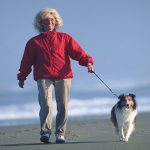
Your dog might be your heart’s best friend, if a new study is any indication. Researchers found that compared with people who had no pets, dog owners tended to have fewer risk factors for heart disease: They got more exercise, and had healthier diets and lower blood sugar levels. Even compared with other pet owners, they were doing better with diet and exercise. The study of nearly 1,800 Czech adults is not the first to suggest our canine friends can do our hearts good. In fact, in 2013 the American Heart Association (AHA) issued a scientific statement saying that dog ownership is likely linked to a lower risk of heart disease. That was largely based on evidence that people with dogs are more physically active. The new findings suggest the benefit might extend to diet and blood sugar levels. It’s easy to see how having a dog could get people moving, according to senior researcher Dr. Francisco Lopez-Jimenez. And it’s possible that dog owners’ lower blood sugar levels were related to their exercise habits, said Lopez-Jimenez, a cardiologist at the Mayo Clinic in Rochester, Minn. It’s less obvious, though, why dog ownership would encourage a healthier diet. One possibility is that the two are not directly related, he said. On the other hand, past research has shown that dogs do more than demand walks and… read on >











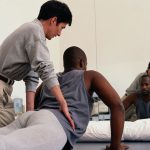
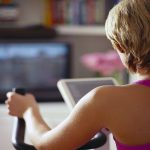


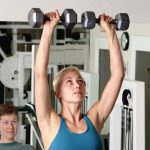
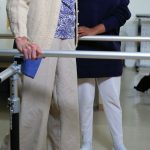
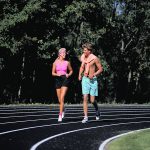
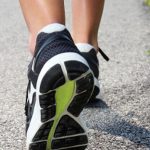








-300x200.jpg)










